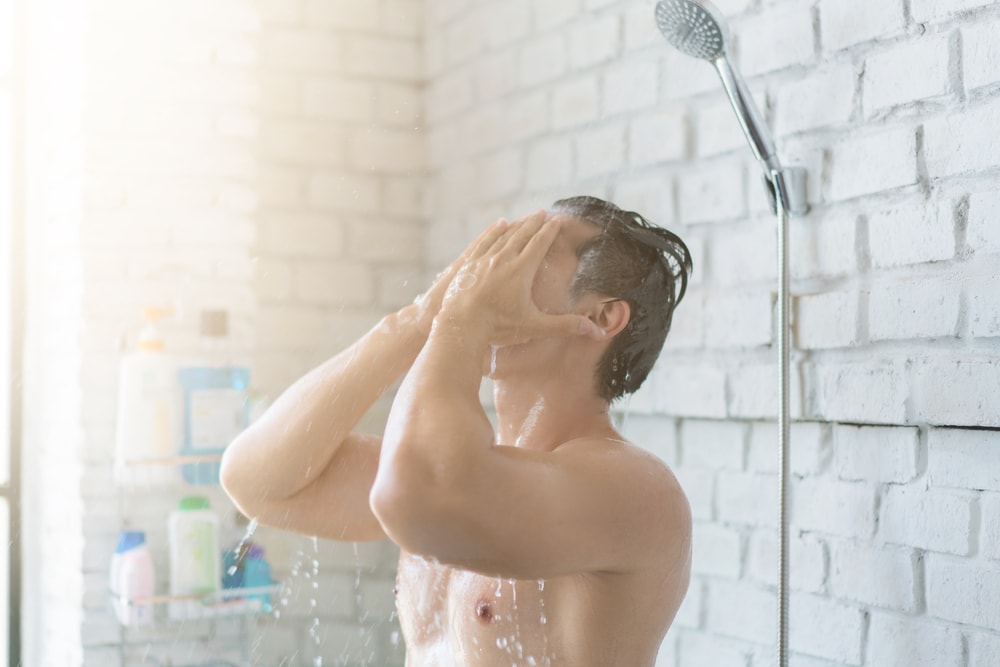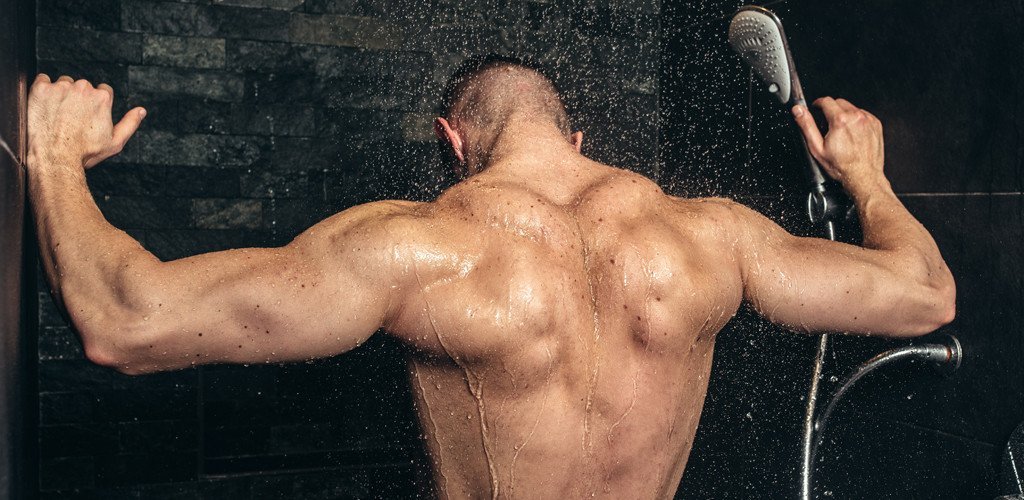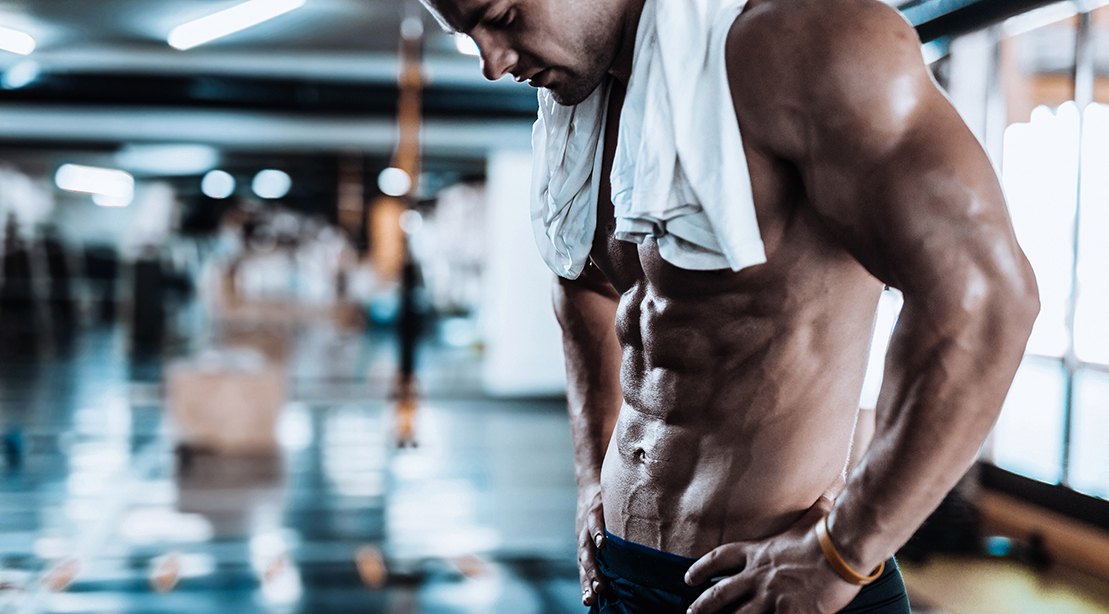SHOULD YOU TAKE SHOWER OR BATH AFTER WORKOUT?
When you’ve worked up a sweat, your muscles ache, and your heart is racing, there are few things that seem more inviting than a quick rinse in the shower.
Hitting the shower after a workout is good for you for multiple reasons. Getting sweat off your body is essential to your hygiene, and massaging your muscles with soothing jets of water can help keep lactic acid from getting trapped in sore muscles.
But a post-workout shower alone isn’t a quick-fix for workout recovery. Your post-workout recovery routine should include a less-strenuous cool down period before you take a shower or bath.
Let’s cover the do’s and don’ts of showering after a workout.
Does showering or bathing after a workout help you recover?

Showering after a workout does help your muscles to recover, and boosts your body’s ability to bounce back and be ready for your next workout.
That’s because showering can get lactic acid, the natural chemical reaction that causes soreness, out of your muscles.
Cold water immersion (such as an ice bath) has been shown to boost recovery in addition to helping you build muscle and recover faster after a strength workout, according to a 2015 study of 21 men who were observed for 12 weeks.
A small 2019 study of nine people showed that a cold shower helps decrease your heart rate and reduce cardiac stress quickly after working out in a high-temperature environment.
However, a study performed in 2017 suggested that active recovery (such as 10 minutes of cycling on a stationary bike after a tough workout) was just as beneficial for building muscle as a cold shower would be.
Is a hot or cold shower best after a workout?

A hot, steamy shower may feel good on your muscles after working out, but a cold shower may actually be the scientifically backed method of rinsing off your sweat.
A 2013 survey of the medical literature indicated that the effects of hot water immersion after a workout was unclear.
In contrast, the benefits of soaking in cold water after a training session seem to provide a clear recovery benefit, although it may lead to lower gains in muscle strength and mass.
Based on the rest of the available research mentioned in the 2013 survey, cold water showers and cold baths seem to have many other health benefits.
But hopping right into a cold shower after a hot workout might cause muscles to stiffen, or your heart rate to speed up.
For best results, start your shower at a lukewarm or moderately warm temperature after cooling down your body with stretches and slow exercise.
Toward the end of your shower, apply cold water to your body to finish your cool-down routine.
Other benefits of showering after exercise
There are some additional proven benefits to showering soon after a workout.
Rids your skin of bacteria
:max_bytes(150000):strip_icc()/staphylococcus_aureus_bac-57bf23e93df78cc16e1dff45.jpg)
Working out, especially in closed conditions like a gym or with others, can create a breeding ground for bacteria on your skin. When you shower with soap, your sweat is washed away, along with dead skin cells that can act as hosts for bacterial invaders.
Helps prevent clogged pores

When you work out, your pores open to release sweat from your sweat glands. These same pores can become clogged by skin cells or leftover sweat if you’re not able to clean your body soon after sweating heavily.
Clogged pores can lead to acne breakouts called “sweat pimples,” as well as blackheads and whiteheads.
Boosts your immune system

When you take a quick rinse in the shower with cool water, you can give your immune system a quick boost, if done regularly.
A study of over 300 people showed that taking a daily shower that starts warm and ends with 30 to 90 second-burst of cold water significantly reduced the amount of sick days they used at work.
How to have a cool-down shower after a workout
Here’s how to have a cool-down shower after a workout.
- Finish up your high-intensity exercise, and switch to a gentler form of exercise for the cool-down portion of your workout. This should begin to decrease your heart rate. Cool-down should take from 5 to 10 minutes.
- Once your heart rate has started to come down, start to stretch your muscles. This will help clear out lactic acid and prevent soreness from exercise.
- Start your shower at a lukewarm temperature so that you don’t shock your body with the change in temperature. As your body temperature begins to come down, you can adjust the water to make it colder.
- Use an antibacterial soap to clean sweat and bacteria off your body as your heart rate continues to decrease.
- For the last 90 seconds of your shower, bring the water temperature down so that it’s as cold as you can stand it. Make sure to hit your major muscle groups with a blast of cold water to refresh and reenergize your tired muscles.
- Dry off completely with a clean towel before stepping into your post-workout clothes.
Alternative ways to cool down after a workout
There are some other ways to cool down after a workout that can be beneficial for your recovery.
Walking, jogging, or other less stressful exercises
Once you’ve gotten your heart rate up, it’s important that you cool your body down before you move on with showering and getting ready for the rest of your day.
Engaging in 5 to 10 minutes of cool-down exercise that’s less strenuous will help.
Ice bath after workout

Taking an ice bath after you workout can reduce muscle inflammation, flush out lactic acid, and help your muscles to start the healing process after strength training.
Research shows this isn’t better than a traditional cool-down, but it’s a complementary way for your muscles to recover.
Refuel
You should refuel your body within 45 minutes of an intense workout. Eating protein-rich foods or drinking a vitamin-rich smoothie are some of the ideal ways to get your body back in balance.
What to do if you don’t have time for a shower
If you don’t have time to shower right after your workout, there are some steps you can take to tide you over until you are able to.
- Dry off sweat using a clean, dry towel. This can help get rid of sweat that would otherwise lead to clogged pores.
- Clean your skin using anti-bacterial wipes. Concentrate on areas where you get especially sweaty, and make sure to use wipes that are intended for use on your skin.
- Use soothing, cleansing wipes meant for your face to dissolve sweat that has gathered on your chin, forehead, and neck. This will protect against acne and minimize face redness.
- Change your clothes, including your undergarments. Switch out your workout wear for breathable, loose-fitting cotton until you can properly bathe.
- Wash your hands using antibacterial soap. This will get rid of any bacteria you might have picked up from shared surfaces during your workout.
None of these alternatives should replace a post-workout shower, but they can help you feel refreshed and hygienic until you’re able to properly rinse off.
Takeaway
Showering after exercise should be an important part of your post-workout routine. It not only gets you clean and protects you from breakouts, but also helps your heart rate and core temperature naturally decrease.
Taking a lukewarm or cool shower works best. If you’re looking to improve your athletic performance and boost recovery, an ice bath might work better than a shower.






